“The only poll that matters is the one on election day.” It’s a phrase that is, perhaps uniquely, used by both the winners and losers every time an election poll hits the headlines.
The SNP, who used to tower ahead their nearest rivals by substantial double digits would say it to warn against complacency.
The danger being, of course, that people might not bother turning out to vote if they think their party of choice is a shoo-in.
Equally Labour and the Conservatives would say the same thing to mask their disappointment.
Polls, however, do matter.
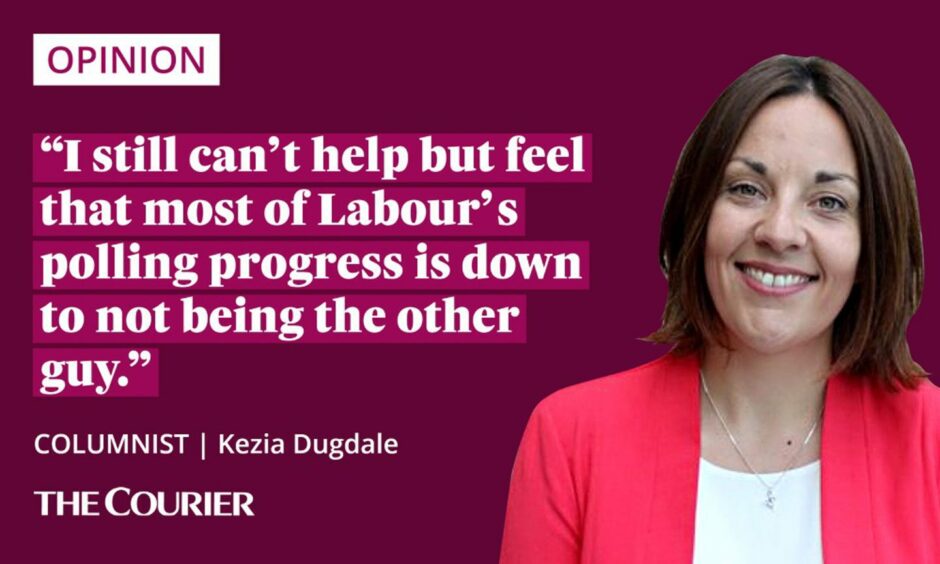
They shape the mood music. They make headlines. And they bring a spring to the step, or a cloud to the door, depending on the outcome.
This week, a tracker poll (one that’s repeated regularly using the same format so it can identify trends) from Redfield & Wilton showed the gap between the SNP and Labour at just 5%.
The data was gathered in Humza Yousaf’s first few days in office last week.
My memory is hazy, but I’m fairly confident the polls haven’t looked this good for Labour in more than a decade.
So is Labour on the rise again?
And is this with purpose and in response to their own strategy in action?
Or is it simply because the natural cycle of politics shows the public are tired of both the SNP and the Conservatives?
Labour performance matters more than poll results
Sir Keir Starmer’s campaign director has described Labour’s approach post-Jeremy Corbyn as being made up of landing three key messages.
Firstly, that Britain is worse off and it is the Tories’ fault.
Second, that there is hope and an alternative.
And finally that Labour has clear plans for a better future and will make different choices.
The first part of the messaging has clearly landed. Not because of some clever political strategy, but because we feel it.
We all feel it, not equally of course, but the cost of living crisis affects us all.
The price of everyday things has rocketed as our pay has largely stagnated.
The Conservative government’s ability to argue that this is all part of a global economic shock, sparked by the war in Ukraine, that’s spreading across the West (and therefore not their fault) was hugely diminished by Liz Truss’s short tenure as PM.
The decisions she took had a direct and immediate impact on the markets, interest rates and then our mortgages.
It is self-inflicted and it was the Tories’ fault.
The second and third part of Labour’s approach is far less convincing.
Starmer and team must build on progress
In short voters need to believe things can get better.
So do they believe that any incoming government could bring down food inflation, tackle the backlog in the NHS and support people who are renewing their mortgages this year?
If Labour is convinced it has to be fiscally responsible in order to win swing voters then paying down the debt comes ahead of investing public services in the in-tray.
Will voters see an instance difference in the choices Labour make from the current government?
As Keir Starmer marks his third year in office, he should be proud of the progress he has made.
I worked with Tony Blair & Gordon Brown as they first changed our party and then changed our country for the better. Given the changes to our party Keir Starmer has managed in just the last 3 years, I’m optimistic about the changes for the better he can make to our country.
— Douglas Alexander (@D_G_Alexander) April 4, 2023
The party he leads is now built in his image. He has a firm grasp of candidate selection. It is raising money again.
Major fault lines and political booby traps have been dodged, from the role of Jeremy Corbyn to reopening Brexit debates and even the trans rights issue. It navigates the immigration debate like a cat on hot coals.
Yet I still can’t help but feel that most of Labour’s polling progress is down to not being the other guy.
The next stage is arguably the hardest for Labour.
It must be bold enough with its policies for the public to believe things can and will be better – but without losing that credibility it’s taken three years to rebuild.
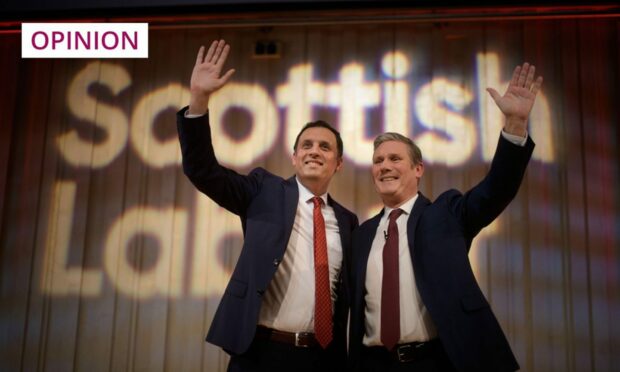
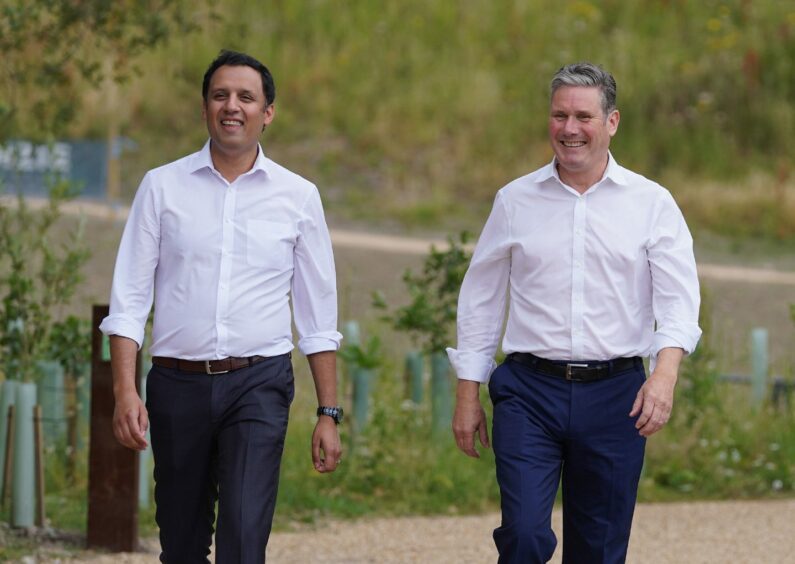
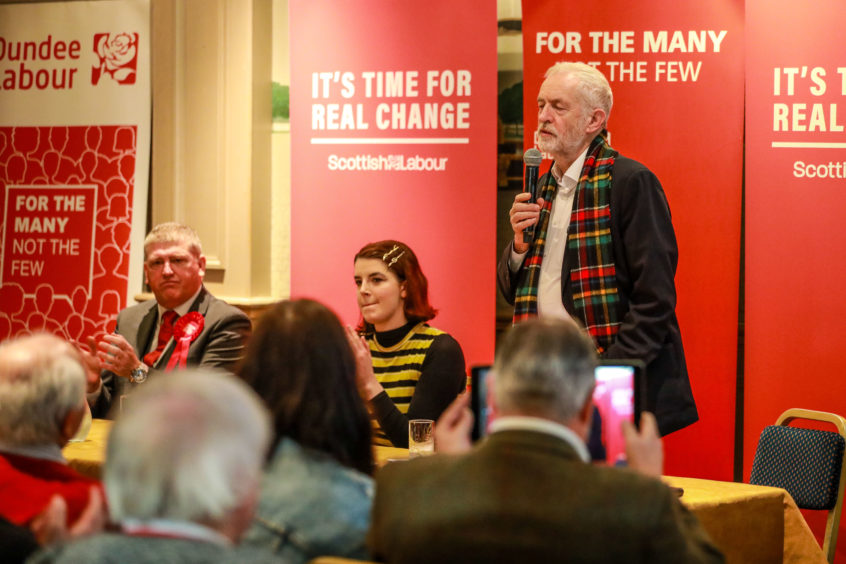
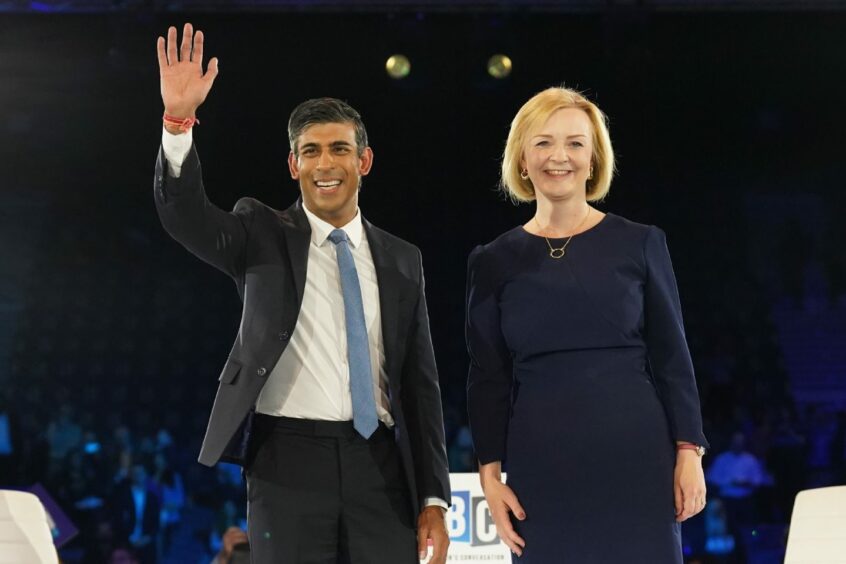
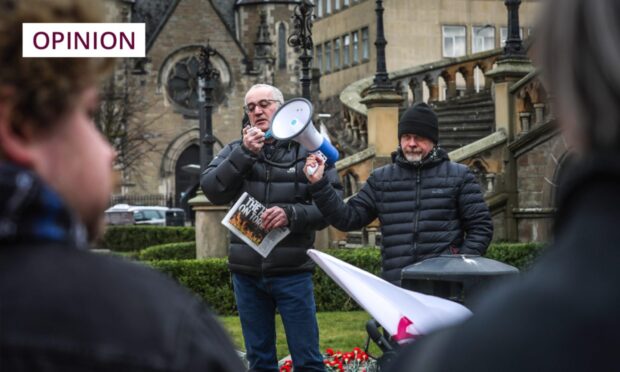
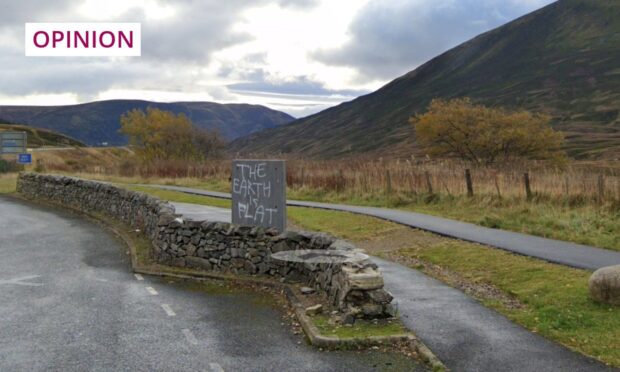

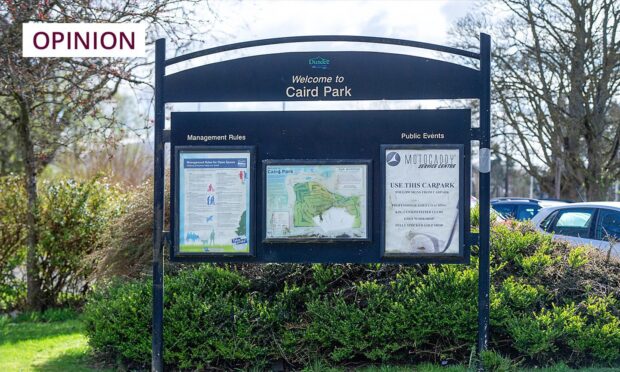
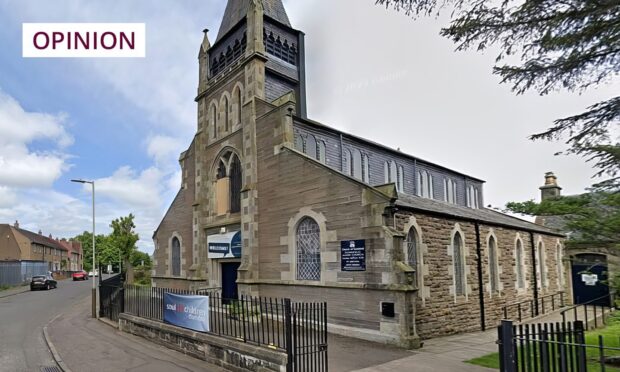
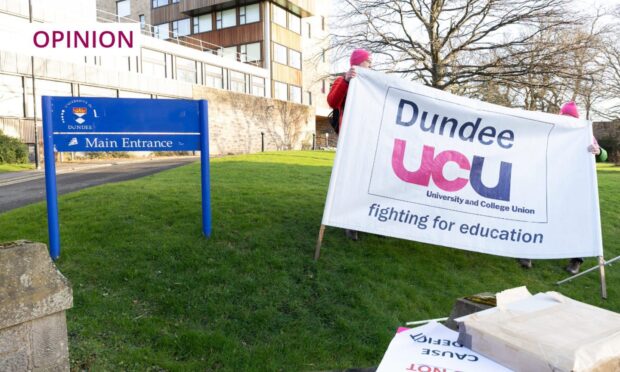
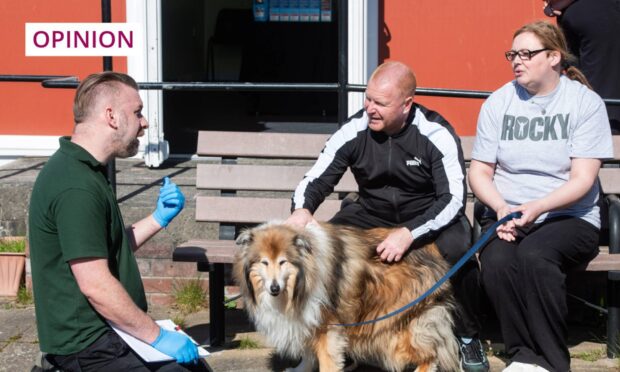

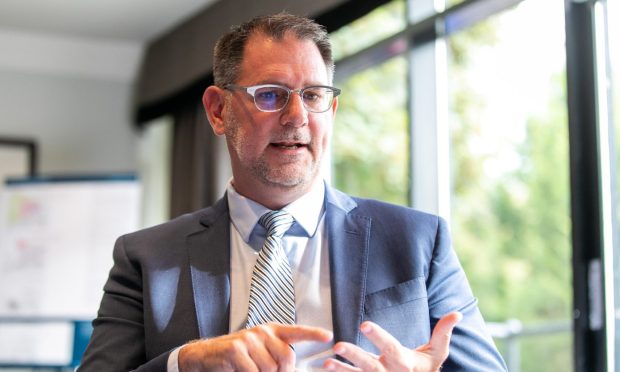
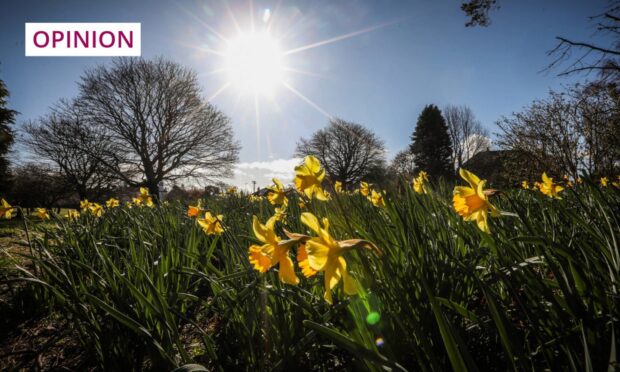
Conversation